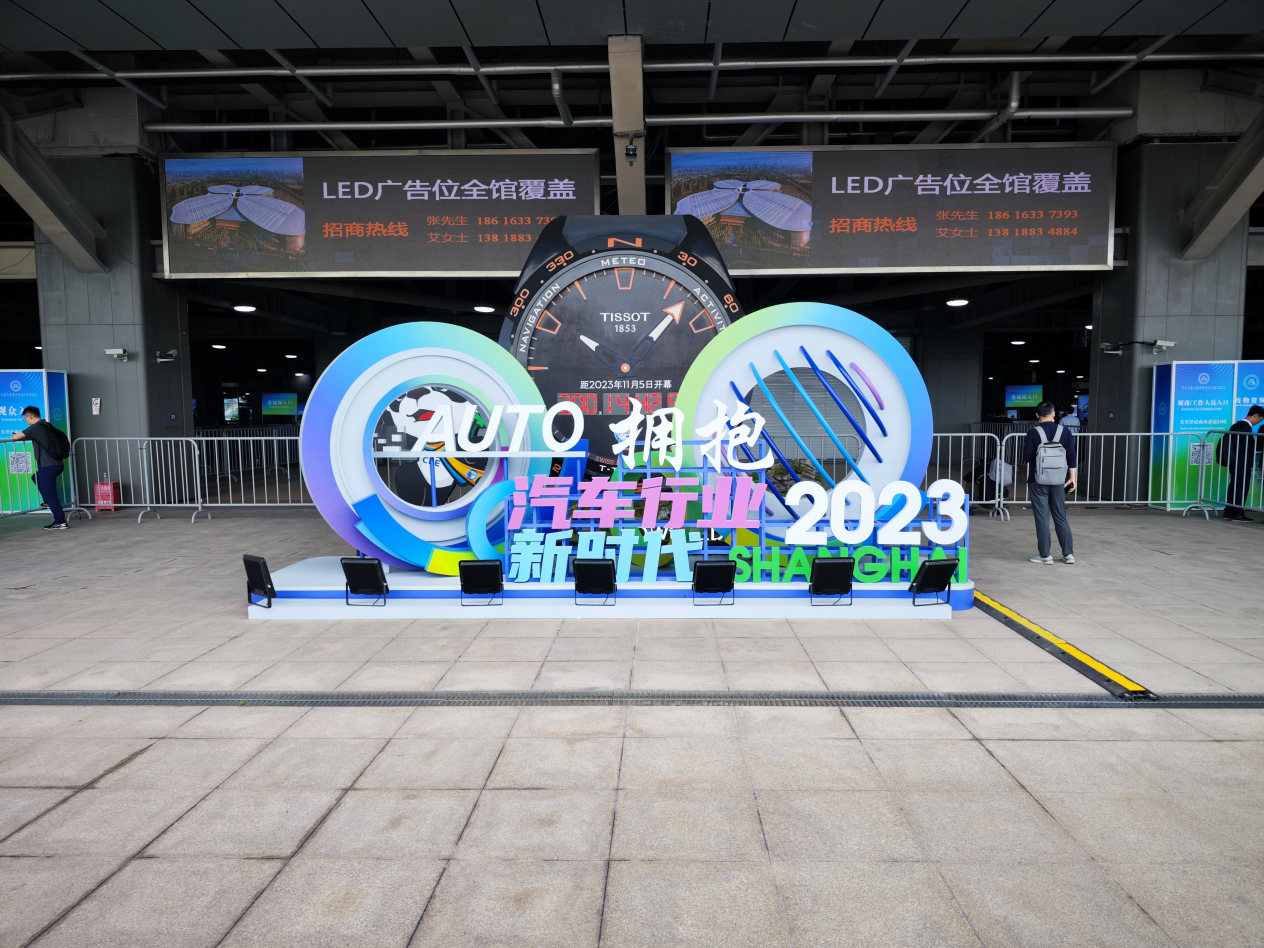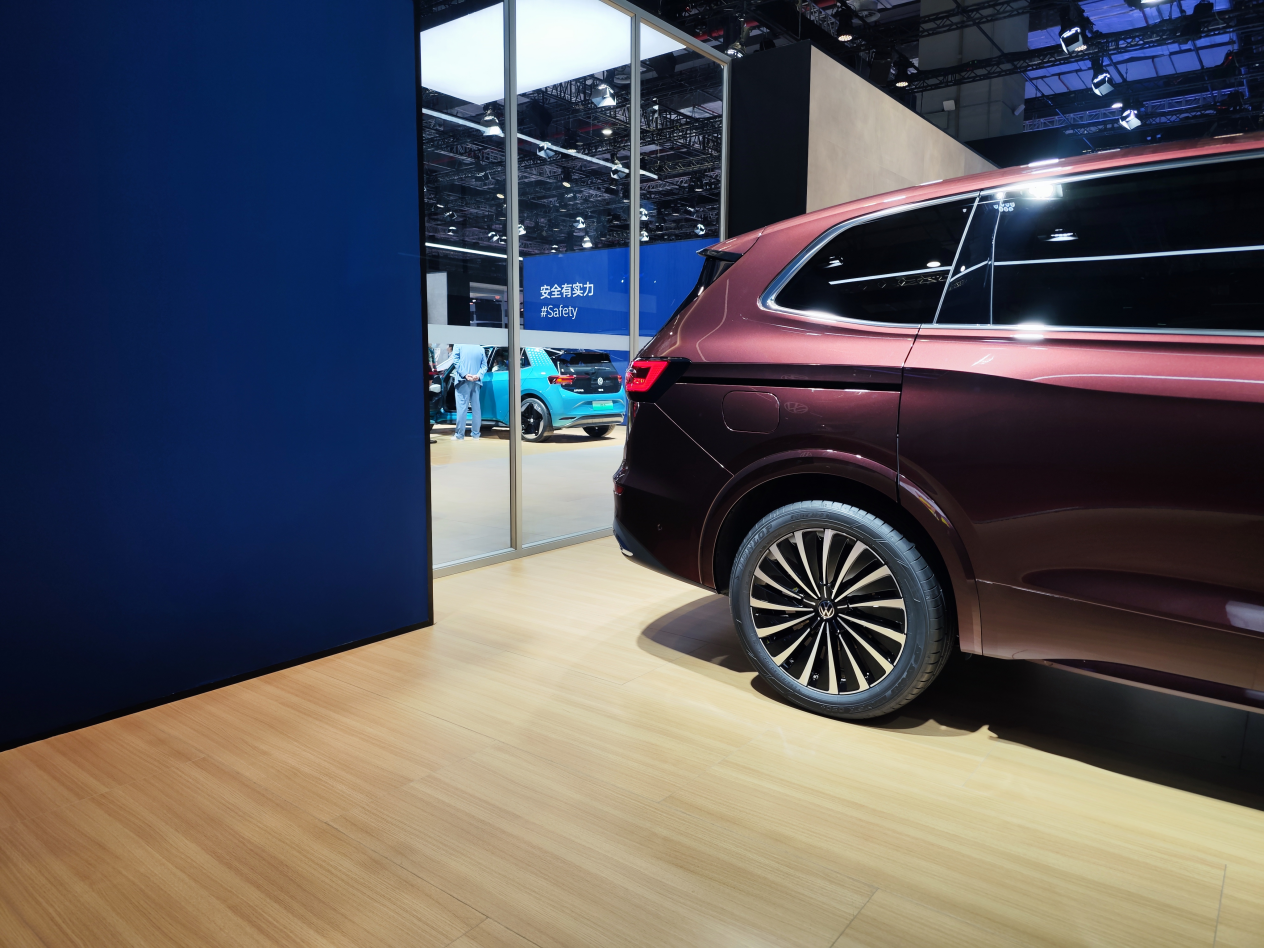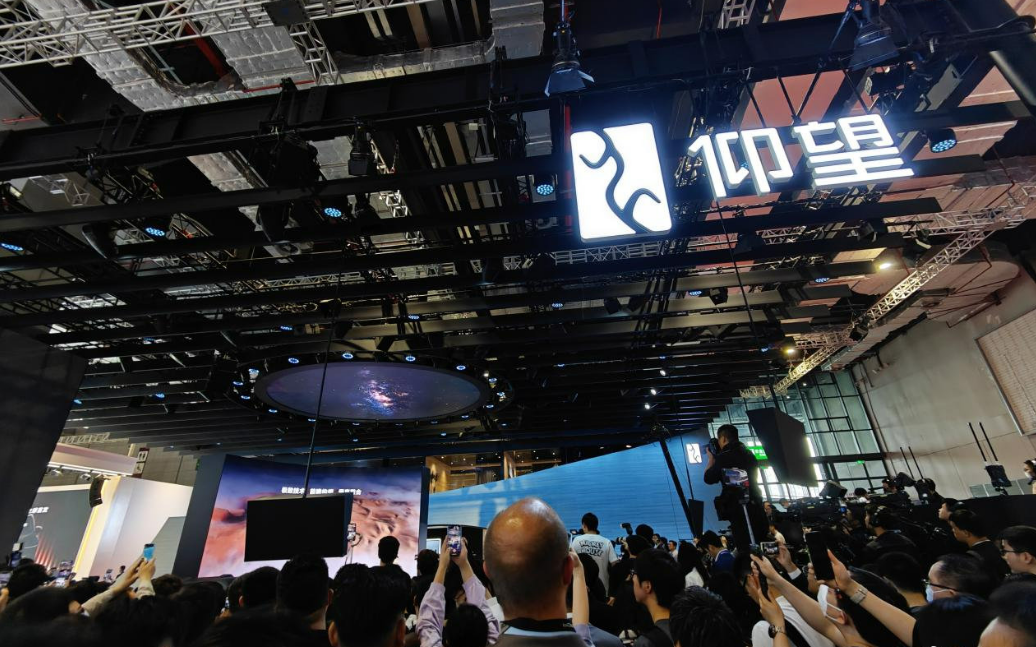
The 20th Shanghai International Automobile Industry Exhibition (referred as Shanghai Auto Show) has become the world’s largest, highest standard and hottest A-class auto show in the past 20 months.
 Photo credit:Car Insight
Photo credit:Car Insight
Curiosity & Expectation
The day before the auto show, CEOs and executive directors of multinational auto enterprises travelled from around the world to Shanghai to support their brands.
Judging from the leaders’ schedule in China and their statements during the Shanghai Auto, it is clear that they are not only amazed by what a rapid transition to electrification China’s auto market is undergoing, but also curious about the changes that will take place in the market so as to strengthen their local layout. Just before the show, Ola Källenius, Chairman of the Board of Management of Mercedes-Benz Group AG, inaugurated the Tsinghua University-Mercedes-Benz Joint Institute for Sustainable Mobility which conducts research on industry trends in the fields of energy greening, applications localizing and vehicle intelligence.
 Photo credit:Car Insight
Photo credit:Car Insight
According to Oliver Zipse, Chairman of the Board of Management of BMW, the Chinese R&D team has been included in BMW’s R&D system and Chinese auto market has provided good inspiration for BMW’s product development, such as digitalization. Not only Mercedes-Benz and BMW, but also Audi, Volvo and many other brands are looking at Chinese NEV market as the key to market sale increment.
Unlike luxury brands, joint ventures are a little bit struggling with the transition to vehicle electrification with the accelerating replacement of fuel cars by electric cars. At the Shanghai Auto Show, the most popular model on VW’s exhibition stand is the new B-Class pure electric sedan ID.7. And a detail worth noting is that the NEV models were displayed in a position facing the audience, while the ICE cars were separated by a wall and displayed at the far end of the booths where visitors could not easily see them, which seemed to be more indicative of VW’s attitude towards the transition to NEV.
 Photo credit:Car Insight
Photo credit:Car Insight
Toyota China showcased the latest generation of HMI system and brand-new concept intelligent cockpit that are driven by Chinese consumer demand and developed in China. Besides, their bZ series will be introduced in two new models next year. As for Honda, the e:NP2 Prototype made its debut, which is the second model of the e:N brand developed by the Honda China local team. What Nissan unveiled was a new all-electric concept car.
What drove multinational brands to enhance their localization lies in the fact that China’s NEV penetration reached 26.5% in 2022, 13% well above the global average, which will continue to rise in 2023. Competition among the brands has never been more intense. Judging from the current market performance, self-owned and emerging automakers have established their distinctive advantages in terms of products, customer relationship and other dimensions. Tesla, absent from the show, has been playing his part in NEV’s retail price changes.
How the curiosity and expectations of management level in auto enterprises will be swiftly translated into products and services that consumers can clearly perceive? What solutions the multinational brands will offer in terms of the vehicle electrification? The answers are worth waiting for in 2023 and even in a longer time.
Front-runner or Also-run?
BYD set up three separate booths including BYD, Denza and Yangwang, with a total area comparable to that of Mercedes-Benz and BMW, and almost each booth was packed with media and exhibitors from around the world. Some staff even said that in the afternoon the queue to get into its exhibition area took over an hour.
 Photo credit:Car Insight
Photo credit:Car Insight
Behind the long queue, it is evident that the role of Chinese brands is changing from an also-run in ICE era to a front-runner in the era of intelligence and electrification. According to the brief statistics of Car Insight, nearly 50 new models of Chinese brands, 30 of joint venture brands and over 20 of foreign imported were showcased at the auto show.
In addition to auto products, new technologies launched by emerging automakers also garnered considerable attention. Both Li Auto and NIO released new technologies with a high degree of completion. XPeng, for its part, released G6(a coupe SUV), the first strategic model under the SEPA2.0(“Fuyao” in Chinese) intelligent evolution architecture. There we also noticed a trend that ICE gradually developed into hybrid vehicles.
2023 Shanghai Auto has attracted unprecedented attention not only because it is the first international A-class auto show in the post-epidemic era, but also because of the battle for technological routes and the head-to-head showdown between domestic and multinational brands against the backdrop of NEV significantly taking over the fuel auto market.
This show is surely a “show stage” for auto enterprises, but it’s even an arena for them. In the future, the companies will provide consumers with more energy-efficient and environmentally friendly products, driving towards an “intelligent” future. In this process, the market will gradually blur the boundaries between NEVs and ICEs, eliminating the stereotypes of traditional luxury brands, domestic brands and emerging automaker brands. Only products and service experience will be distinguished as superior or inferior.
Translator:Wei Xiong
Reviser:Yan Luo

 Room 1104,Block B,JingBan Building,6 Middle Beisanhuan Road,Xicheng District,Beijing
Room 1104,Block B,JingBan Building,6 Middle Beisanhuan Road,Xicheng District,Beijing
 (8610)62383600
(8610)62383600
 quanqixiang@carresearch.cn
quanqixiang@carresearch.cn
 京公网安备:11010202007638号|京ICP备17032593号-2|Report illegal and bad information:010-65993545-8019 jubao@carresearch.com
京公网安备:11010202007638号|京ICP备17032593号-2|Report illegal and bad information:010-65993545-8019 jubao@carresearch.com
Legal support:Beijing Yingke Law Firm|All rights reserved, DO NOT reproduce without permission